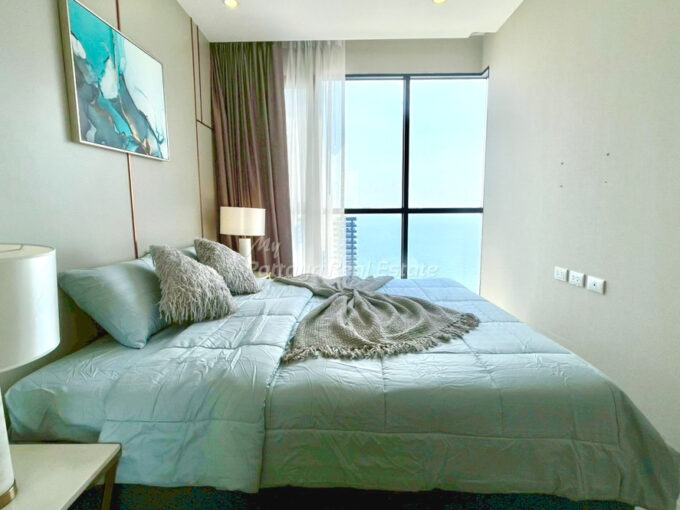
The Elegance Cosy Beach Pattaya Condo For Sale – ELEGA11
8,000,000฿
Soi Kasetsin 11, Nongprue, Banglamung, Chonburi, 20150, Thailand
Overview
|
Property ID :
ELEGA11
Description
117.04 Sqm 2 Bedroom w/ Sea Views in The Elegance Condominium Cosy Beach Pattaya Condo For Sale – ELEGA11
Location: Soi Kasetsin, Cosy Beach, Pratumnak, Pattaya
Bedroom: 2
Bathroom: 2
Balcony: 1
Price per Sq.M: 68,353THB
Condition: Ready to Move in (Fully Decorated)
Furniture: Fully-furnished
Nearby:
- Seven-Eleven Convenience Store: 5-Minutes (Walking).
- Cosy Beach: 6-Minutes (Walking).
- Jomtien Beach: 8-Minutes (Car).
- Aksorn Pattaya School: 10-Minutes (Car).
- Royal Garden Plaza Shopping Center: 12-Minutes (Car).
- Central Festival Pattaya Shopping Center: 15-Minutes (Car).
- Pattaya International Hospital: 18-Minutes (Car).
- Terminal 21 Pattaya Shopping Center: 20-Minutes (Car).
- Phoenix Gold Golf & Country Club: 30-Minutes (Car).
- U-Tapao International Airport: 45-Minutes (Car).
- Suvarnabhumi International Airport: 95-Minutes (Car).
- Bangkok: 110-Minutes (Car).
The Elegance Cosy Beach Pattaya Condo For Sale – ELEGA11
Additional Details
- Reservation Fee: 10% = 800,000THB.
- On Transfer: 90% (Within 30 Days of Reservation Fee) = 7,200,000THB.
- Sinking Fund: 500THB Per Square Meter (One-time Only) = 58,520THB N/A Paid Already.
- Maintenance Fees: 40THB Per Square Meter Per Month (Ongoing) Payable 1 Year in Advance = 56,179THB.
- Water & Electric Meter Security Deposit: 3,750THB (Estimated).
- Transfer Taxes & Fees: Split 50/50 Between Buyer & Seller.






